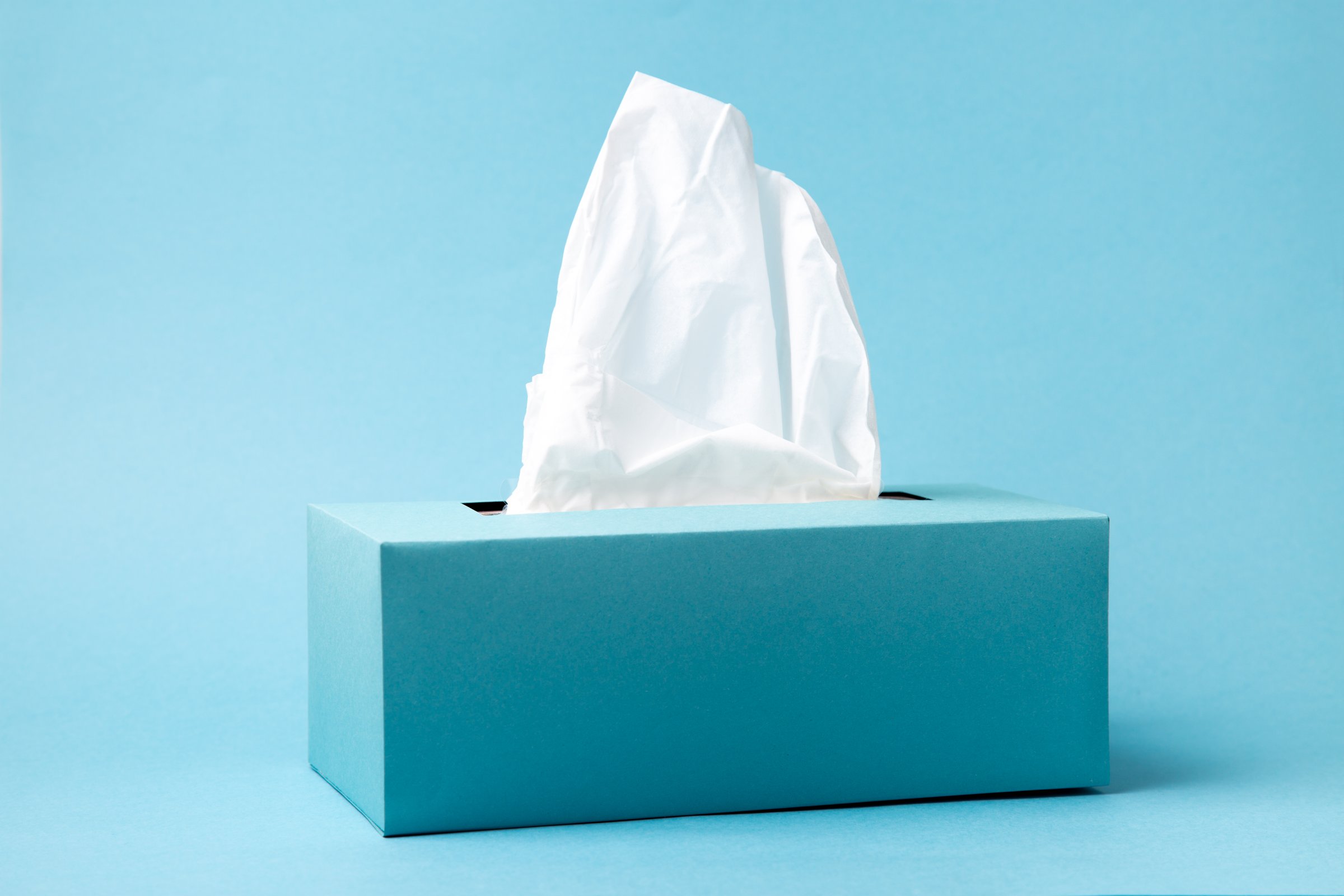
The most common respiratory viruses that cause flu, colds, and RSV tend to cluster in the fall and winter months. Though that means months of elevated risk for sickness, "cold and flu season" is a convenient time for public-health officials to remind people to get vaccinated and wash their hands more frequently.
Experts had hoped that COVID-19 would follow that same pattern, but so far, that's not the case.
COVID-19 occurs in every season
Both flu and RSV tend to plummet to near negligible levels in spring and summer before surging again in the fall and winter. COVID-19 does not seem to fall into that same seasonal pattern.
While COVID-19 cases also peak during the winter season, they persist throughout the spring and summer at a lower but still significant level. “We do not see COVID-19 reach the same low levels as influenza and RSV during the late spring and summer,” says Andrew Pekosz, professor of molecular microbiology and immunology at Johns Hopkins Bloomberg School of Public Health. “That’s why we can’t treat this like flu, because we are not seeing it go away like we see with flu. There is going to be a risk of getting COVID-19 year-round.”
The U.S. Centers for Disease Control and Prevention (CDC) nodded to the lack of seasonality of COVID-19 when it recently updated its vaccination guidance for older people. It advised those over 65—the age group that is currently developing more severe disease and requiring hospitalization most often—to get a second dose of the latest COVID-19 vaccine in the spring, at least four months after their first shot in the fall or winter. “We’re always driven by the data, and so far it looks like COVID-19 is not going to disappear in the spring and summer like flu and RSV," says Dr. Wilbur Chen, professor of medicine at the University of Maryland School of Medicine and a member of the CDC committee that recommended the additional vaccine dose.
But it could start acting more like a winter virus
We are at a transitional period with COVID-19 right now, Pekosz says. As people continue to rack up more infections, vaccine doses, or both, their immunity and defenses to the once-novel virus grow. That means that on a population level, the virus is finding fewer targets to infect. Even as it morphs into different variants, past infections and shots have offered protection (so far).
For most people, therefore, COVID-19 is slowly becoming more like a seasonal disease in which their risk of infection is highest during the winter months. That helps explain the CDC’s other recent decision to relax isolation guidelines for people who have COVID-19, moving away from a five-day isolation period after someone tests positive to allowing them to resume public activities 24 hours after they no longer have symptoms such as a fever. This approach is more in line with how people treat the common cold and flu.
Over time, it's possible that COVID-19 infections could cluster in the winter, when people spend more time indoors and the virus has more opportunity to spread. The cold, dry air also encourages transmission. "If we look at other pandemics, it takes several years for a virus to settle into a seasonal pattern that resembles what we see with flu and RSV," Pekosz says. "I think we’re moving in that direction, but we’re certainly not there yet.”
That's why people at high risk of complications still "need tools to protect themselves better, like an additional dose of vaccine," he says. However, "the majority of the general population can start to treat COVID-19 a little more like a seasonal infection," he says.
More Must-Reads From TIME
- The 100 Most Influential People of 2024
- Coco Gauff Is Playing for Herself Now
- Scenes From Pro-Palestinian Encampments Across U.S. Universities
- 6 Compliments That Land Every Time
- If You're Dating Right Now , You're Brave: Column
- The AI That Could Heal a Divided Internet
- Fallout Is a Brilliant Model for the Future of Video Game Adaptations
- Want Weekly Recs on What to Watch, Read, and More? Sign Up for Worth Your Time
Contact us at letters@time.com